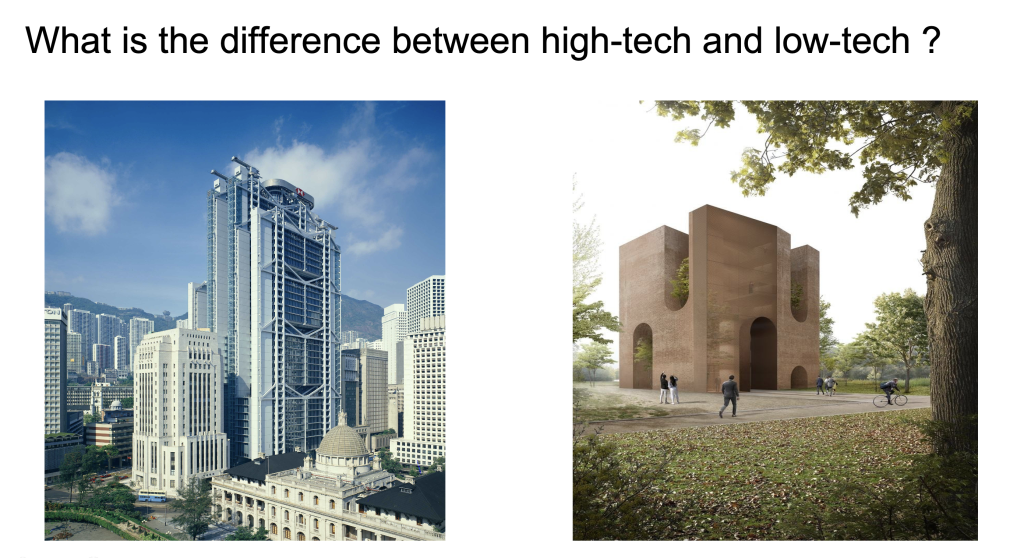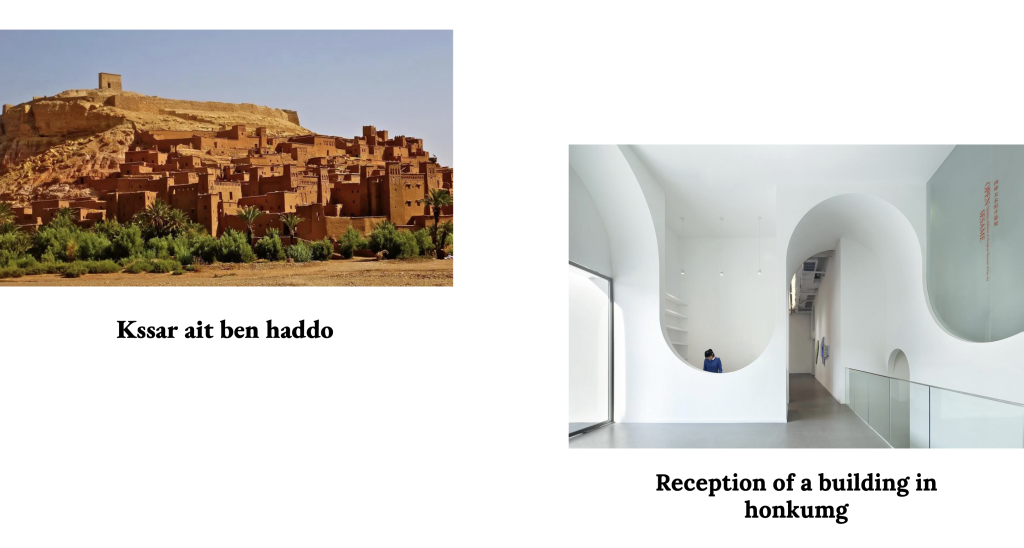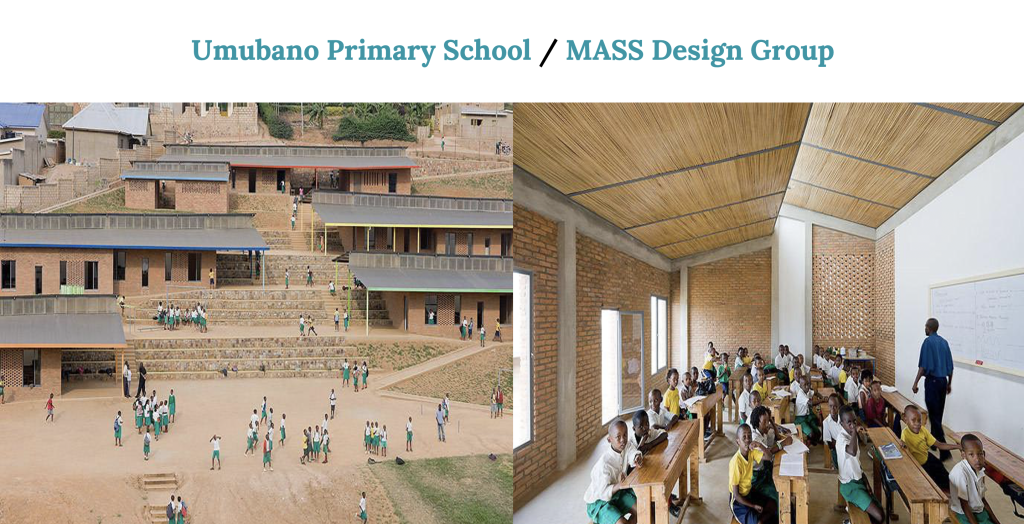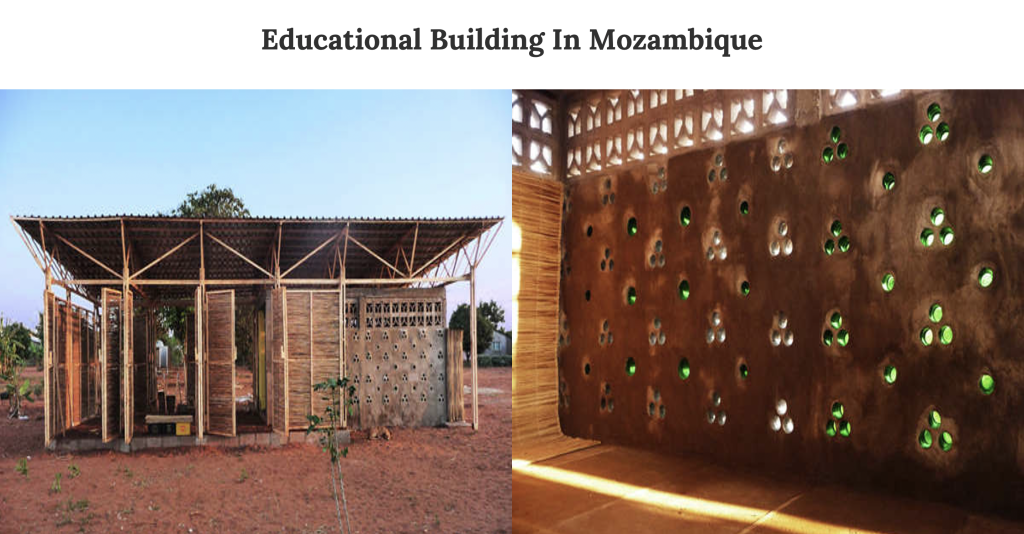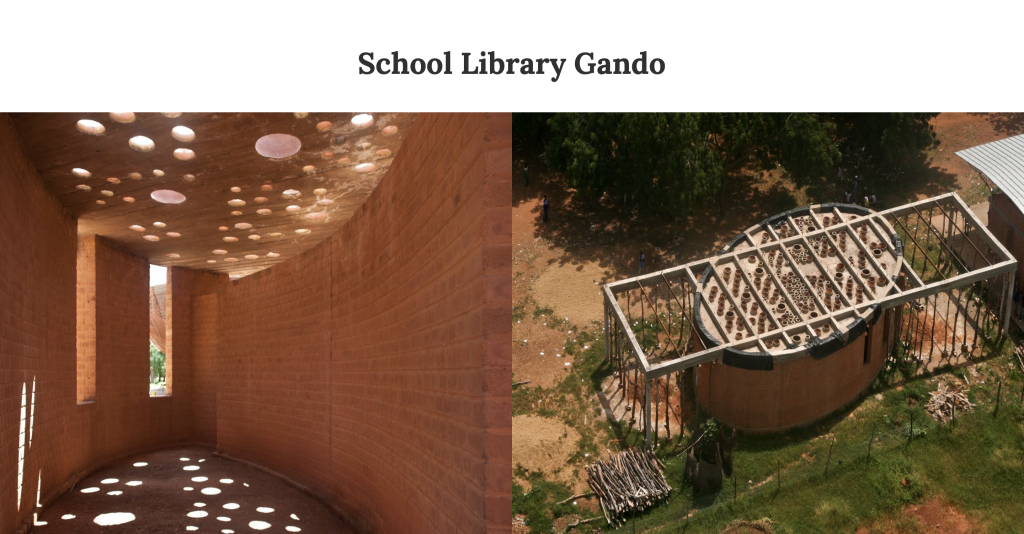When we think about the future the first thing that comes up to our minds is how the cities are going to look like, and how technology is going to influence our everyday life. If we’re going to have smart houses, flying cars…
So the future of life on earth depends on architecture, maybe the new architectural technology will enable humans to survive on Earth for decades to come.
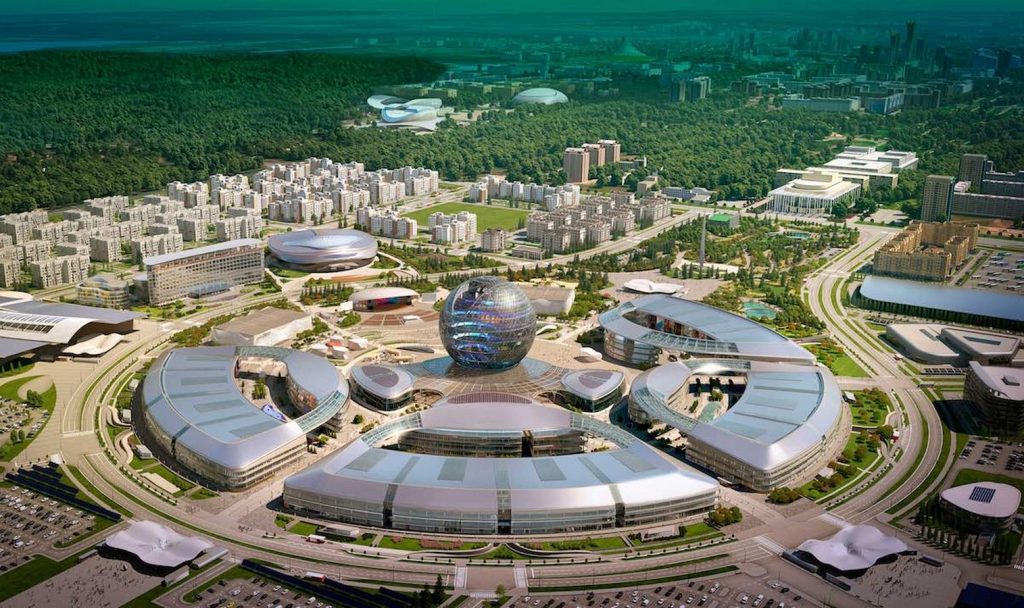
When we talk about the future of architecture, we’re talking about the:
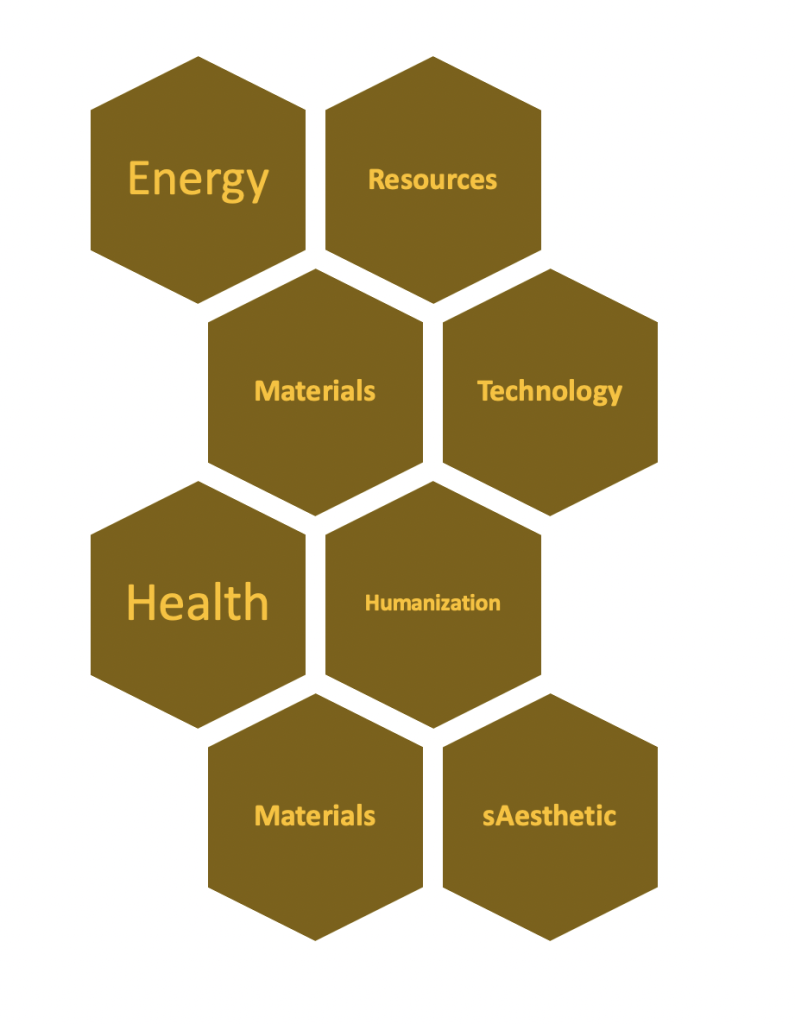
In the energy sector, particularly renewable energy, there will be significant changes. Private users and businesses will be encouraged to use this sort of energy as manufacturing costs for it will decline. A climate accord, upcoming national legislation, or potential price volatility for coal are probably not the main causes of the significant change in electricity generation. The economic benefits that fossil fuels will be unable to produce will ultimately determine the transformation.
Solar energy, geothermal energy, wind energy, aerothermal energy, hydropower from flowing water, and biomass from plants are the renewable energies that we will utilize most frequently in the near future.
As well as the “Nearly Zero Energy Buildings (nZEB), Non-Consumption Buildings.” They consume energy, but it will have a low impact on the environment, so they will not consume energy from non-renewable sources such as oil or petroleum, natural gas, coal, or uranium.
Recyclable and reversible buildings are also a good way to save energy and resourses.
Materials and technology:
Use of organic and conventional materials ought to increase. The goal of “low technology” architecture is to create environmentally friendly structures usable and intelligent by maximizing eco-designs using current construction methods, materials, and technology. As a general rule for green architecture, this concept needs to be adopted in emerging economies.
Health:
In terms of the natural world, Vertical Forest is a new breed of high-rise urban structures that are entirely covered in plant and tree leaves. A design feature known as Vertical Forest encourages the coexistence of building and wildlife in urban settings, resulting in intricate urban ecosystems.
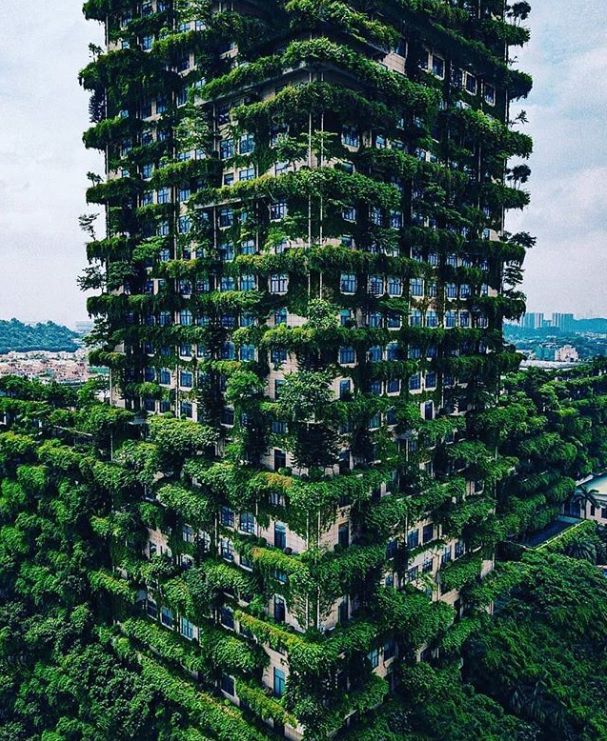
The pandemic has brought us many changes that architects are planning to keep in mind even in the future like:
- The need for a private exterior space in the housings (balcony, terrace…)
- Possibility of using building rooftops as an outdoor space for socializing
- Avoiding polluted ambient
Humanization:
The future architecture should provide full accessibility and affordable housing for all people, as well as public spaces for socializing.
An increasing number of buildings not only address the needs of their users by function but also aim to incorporate public and commercial amenities. Architects are becoming aware of the need for creating inclusive spaces that share the same palpable values as their neighborhoods and the general public.
Aesthetics:
Aesthetics is a subjective aspect that is usually generalized but can’t always be done. It usually depends on the perspective of the person viewing the object, With architecture one who studies knows that a good, workable design is the most important aspect. But to a layman, it is what they see i.e., aesthetics, that matters.
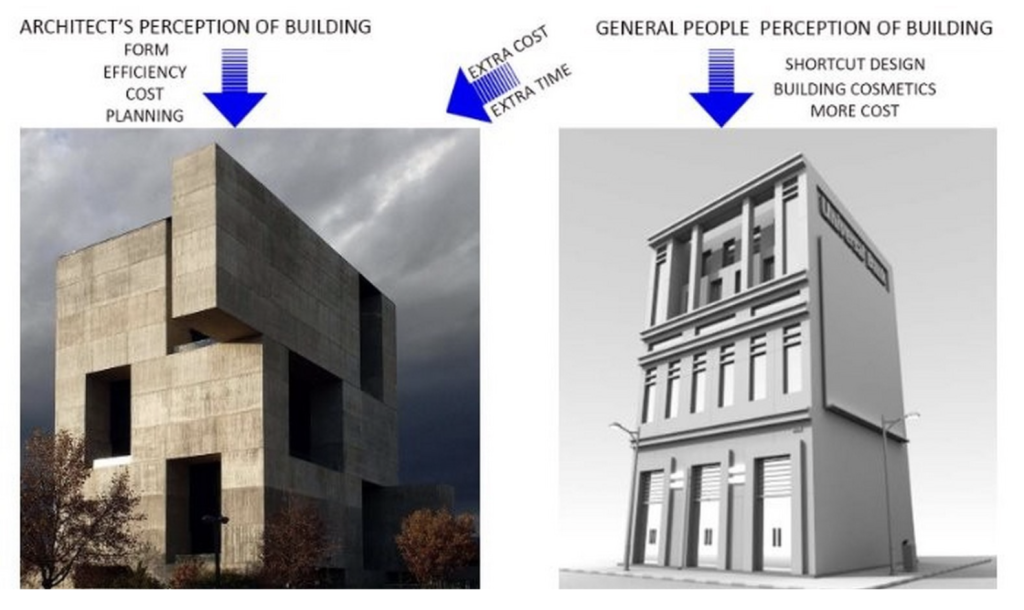
Whilst practical and functional considerations must be at the heart of good design, there is plenty of space for artistic expression and aesthetic ideals. Being able to achieve both these aims will make the built environment into a place where people do not just live but also thrive.
Presentation: (Flipped class)

